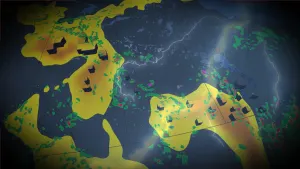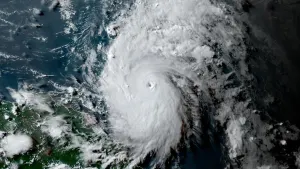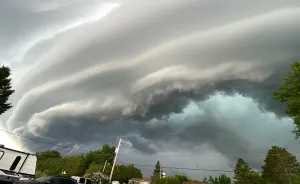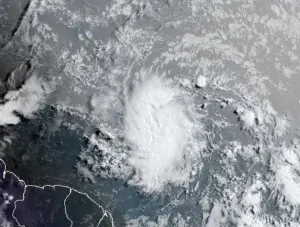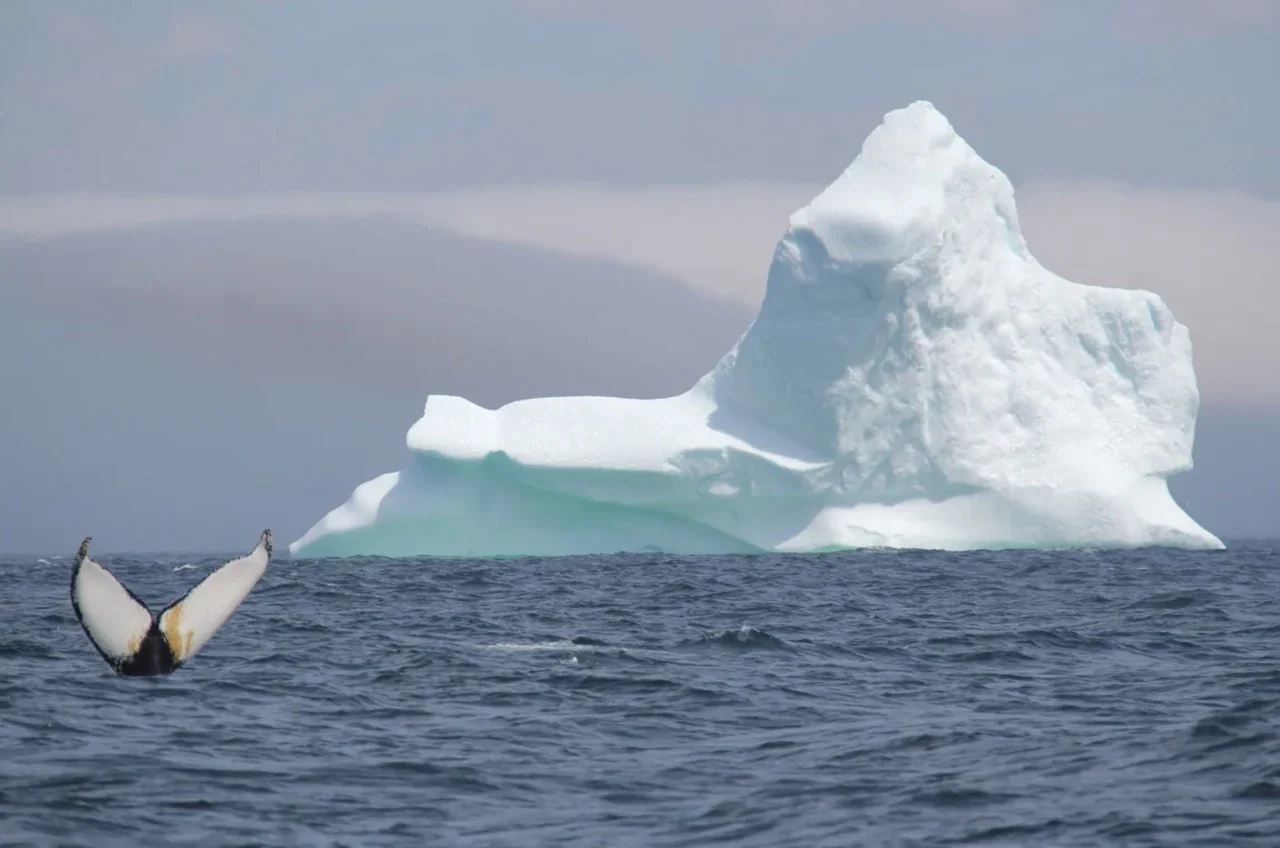
More icebergs may appear in Newfoundland this year, tourism industry hopeful
A Twillingate tourism operator hopes Newfoundland and Labrador's tourism commercials won't be the only place he'll see icebergs this year.
Chris Scott, owner and operator of Twillingate Adventure Tours said icebergs — some of which can garner international attention — boost tourism outfits across the island, because everybody gets excited about icebergs.
"It's great for our town," Scott told CBC News on Tuesday. "And don't worry, if there's an iceberg in Twillingate — you're going to know about it."

Whales and icebergs normally draw thousands of tourists to Newfoundland and Labrador. After a poor 2021 season, there's optimism for more icebergs to be seen in 2022. (Kris Prince;)
Newfoundland's iceberg season typically starts in the spring and reaches its peak in May and June along the island's coast.
But 2021 saw only one iceberg crossing the 48th parallel — which cuts across Newfoundland midway between Bonavista and St. John's — said Department of Fisheries and Oceans research scientist Frédéric Cyr.
SEE ALSO: The next 'largest iceberg in the world' just broke away from Antarctica
"This is a big change compared to, for example, to 2019, where more than 1,500 icebergs crossed that latitude," Cyr said.
2021 wasn't the first year the province has seen only one iceberg, Cyr said. DFO reported one iceberg in 2010 and only two in 2011, and even has two years on record when zero icebergs were reported — 1996 and 2006.
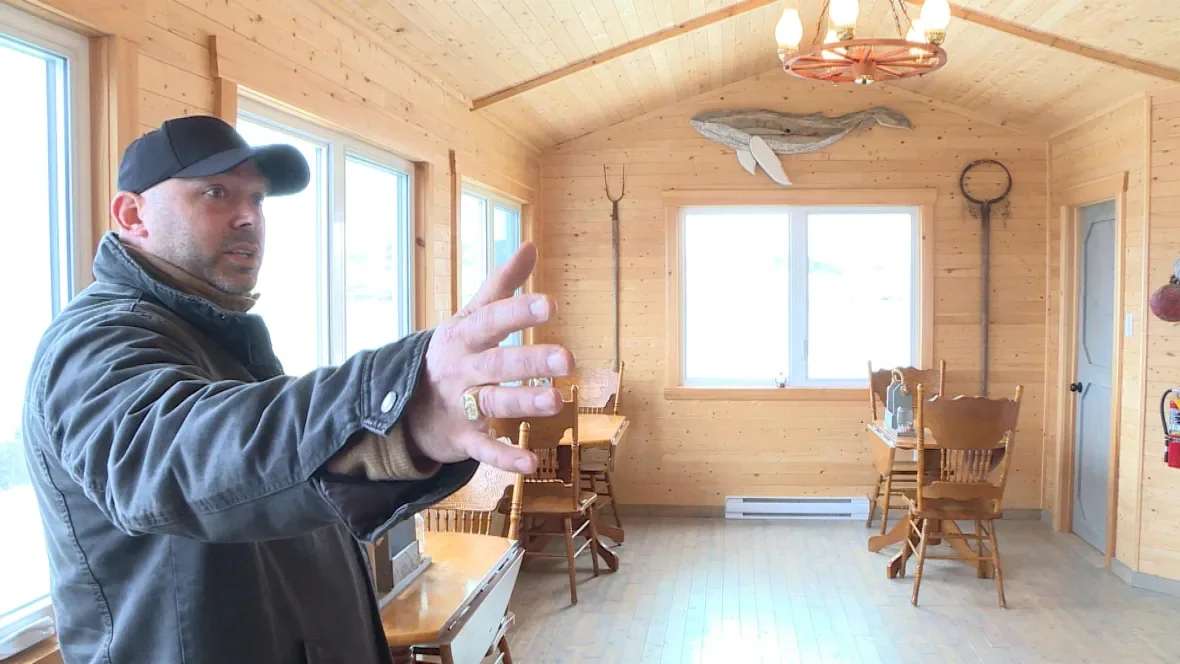
Chris Scott, owner of Twillingate Adventure Tours, says the more icebergs, the better it is for business. (Garrett Barry/CBC)
While the number of icebergs coming into Newfoundland waters can be hard to predict each year, said Cyr, there are signs that point to more ice moving toward the island.
"Last year was also one of the lowest sea ice cover years, but this year we have a lot of sea ice. It was a cold winter also in Labrador … so this gives more chance for the icebergs to reach Newfoundland," he said. "If it's too mild in the winter, they will melt on their way."
Scott said ice is already beginning to be seen around bays in Twillingate, which he says raises hopes that this year will be better years than the subdued tourism seasons of 2020 and 2021.
"Nothing to get excited about yet, but when you're starting to see a bit of ice coming down … it gives you a good indication of what's coming," he said.
"We're hoping this year is going to be the start of back to normal."
WATCH: UNDERWATER LANDSLIDES, TRIGGERED BY ICEBERGS, COULD LEAD TO DEADLY TSUNAMIS
The story was originally published for CBC News on April 3, 2022. It contains files from Patrick Butler.






